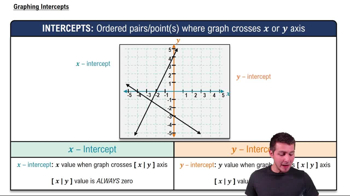Here are the essential concepts you must grasp in order to answer the question correctly.
Parametric Equations
Parametric equations express the coordinates of points on a curve as functions of a variable, typically denoted as 't'. In this case, x and y are defined in terms of the parameter t, allowing for the representation of curves that may not be easily described by a single equation. Understanding how to manipulate these equations is crucial for eliminating the parameter and finding a rectangular equation.
Recommended video:
Eliminating the Parameter
Eliminating the parameter involves finding a relationship between x and y that does not include the parameter t. This is often done by solving one of the parametric equations for t and substituting it into the other equation. In this example, using the identities of sine and cosine will help derive the rectangular equation that describes the curve.
Recommended video:
Eliminating the Parameter
Graphing the Curve
Once the rectangular equation is obtained, graphing the curve involves plotting the relationship between x and y on a Cartesian plane. Additionally, indicating the orientation of the curve as t increases is important, which can be done using arrows. This helps visualize how the curve behaves over the specified interval of t, providing insight into its shape and direction.
Recommended video:






